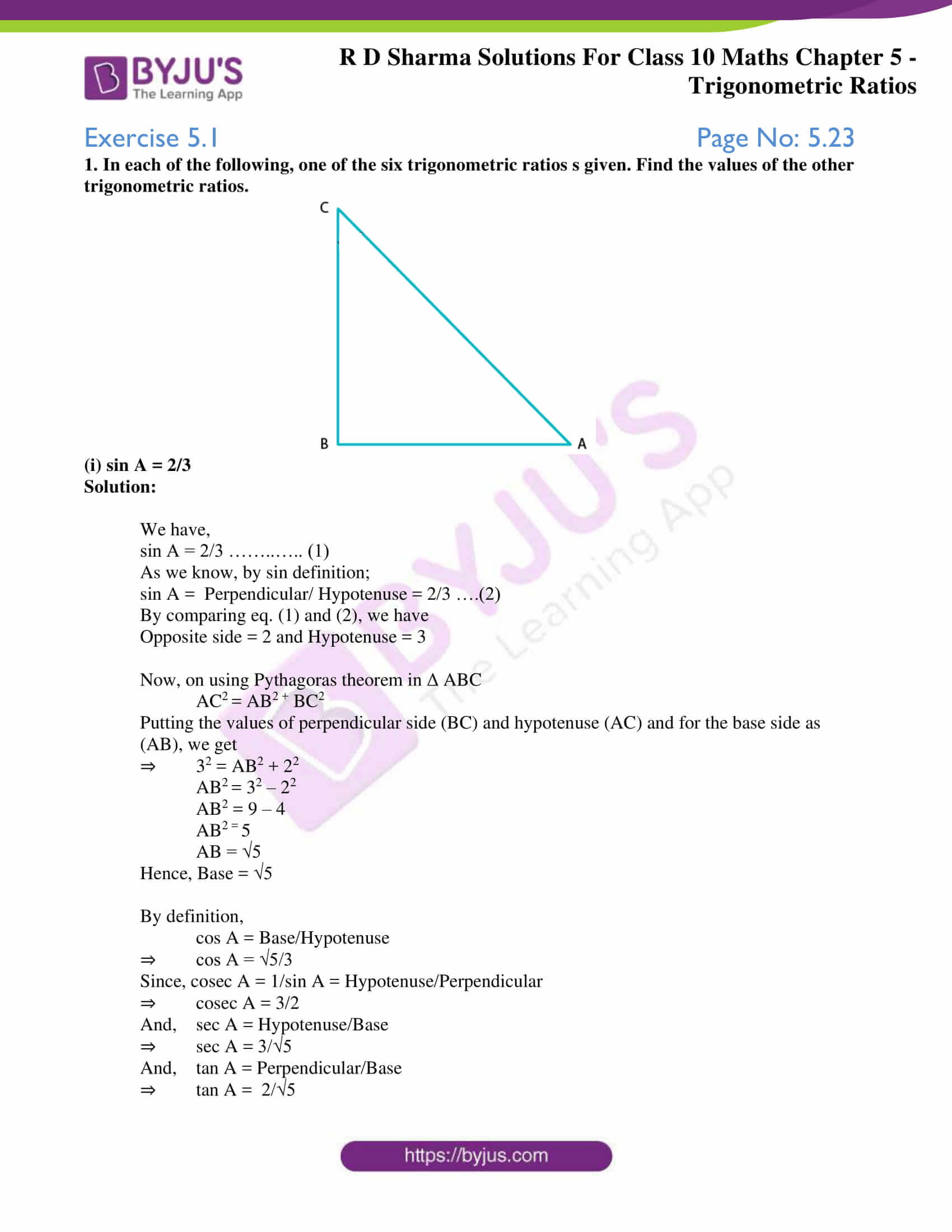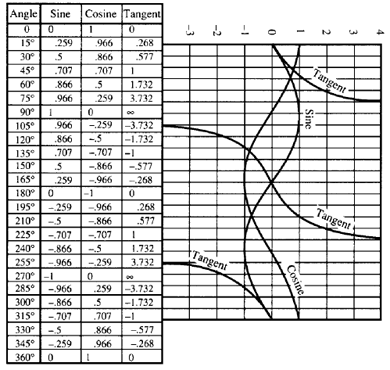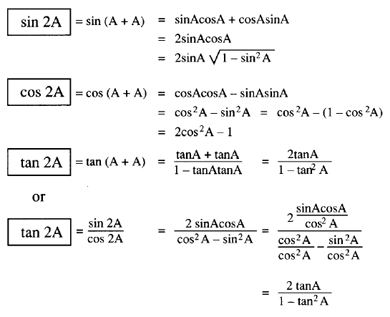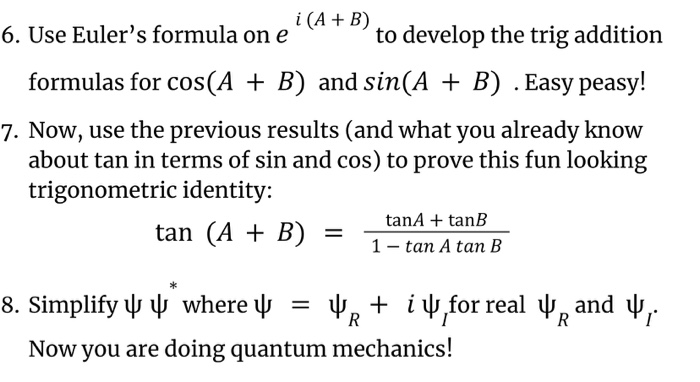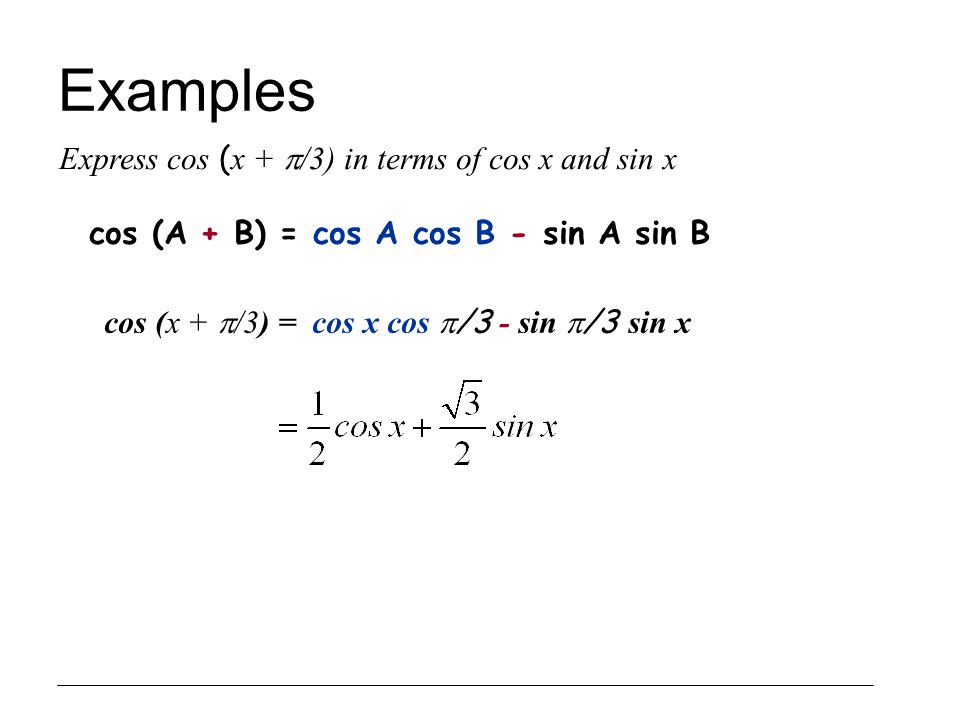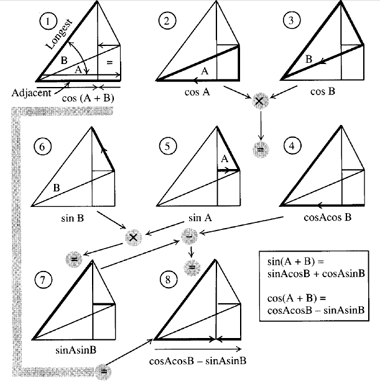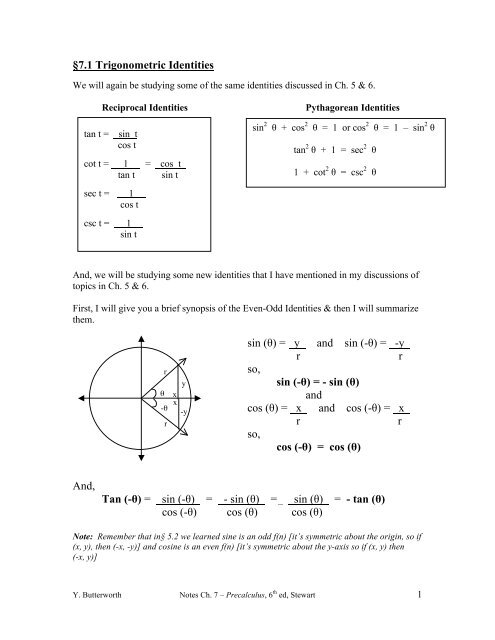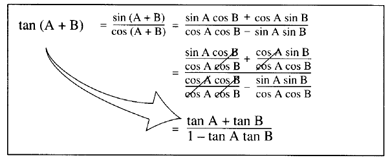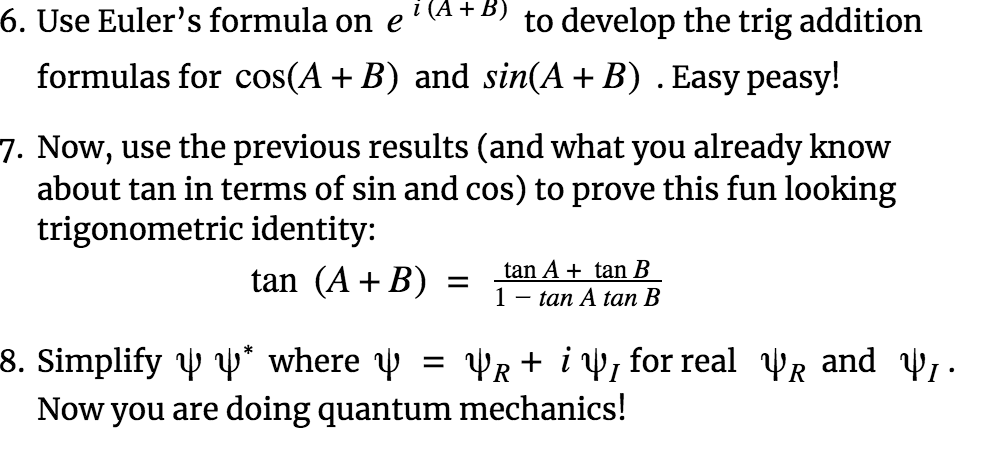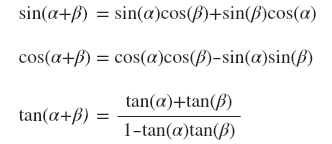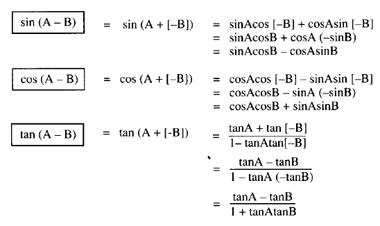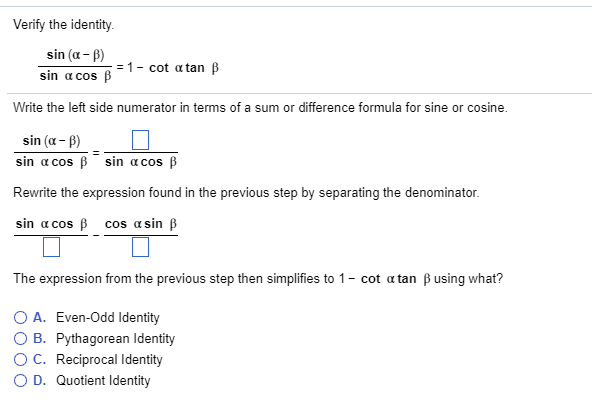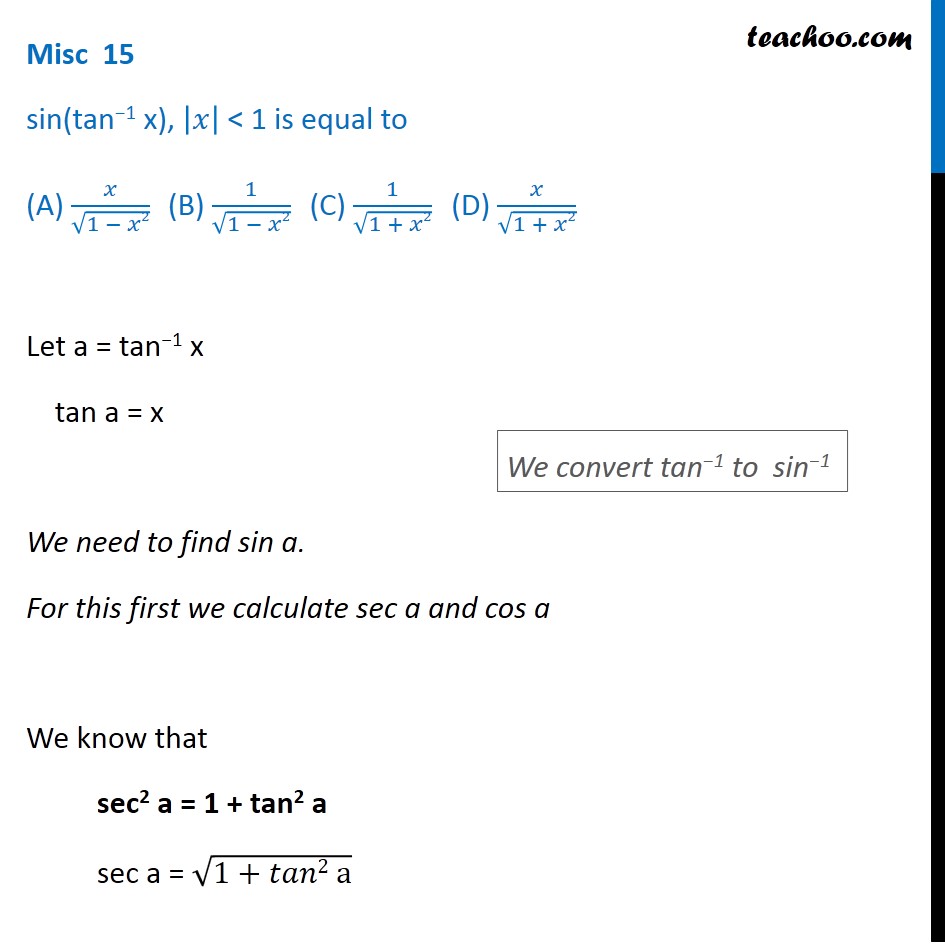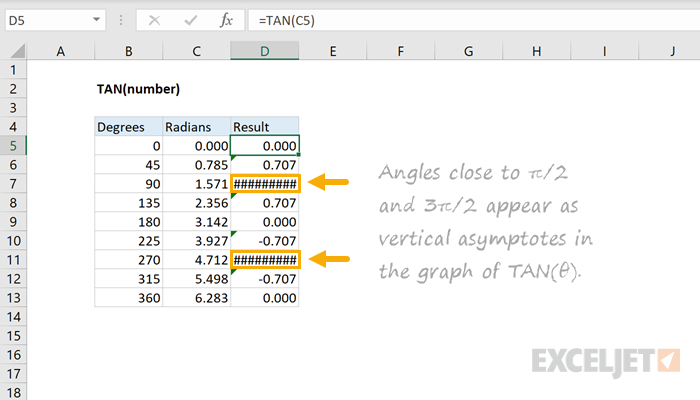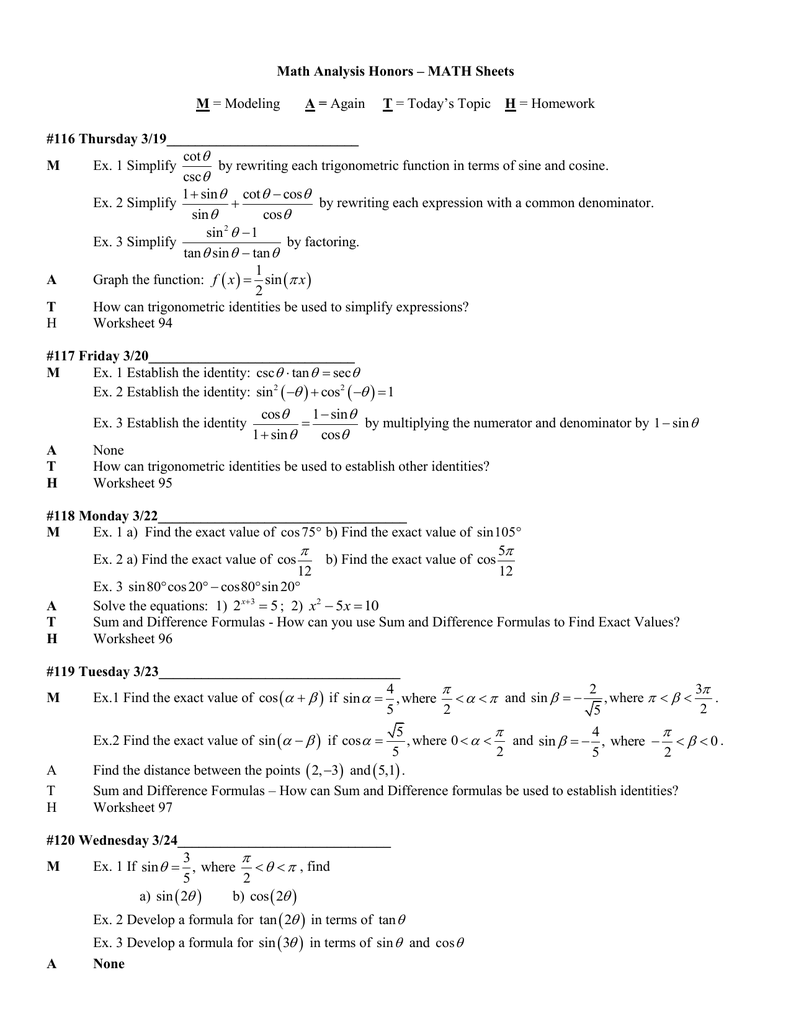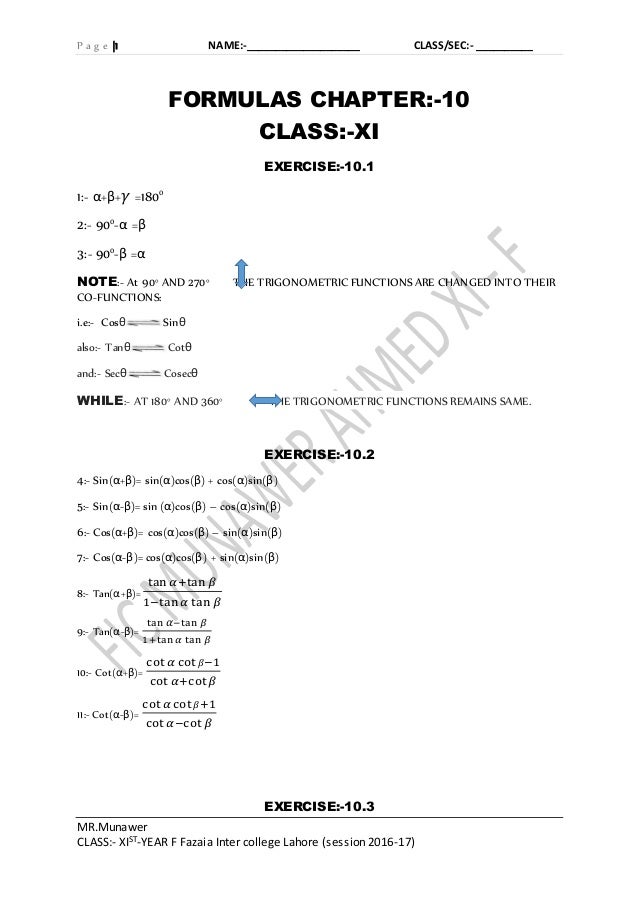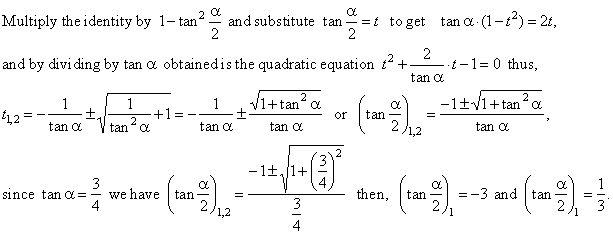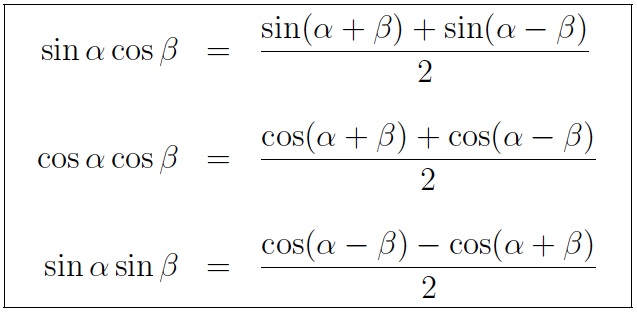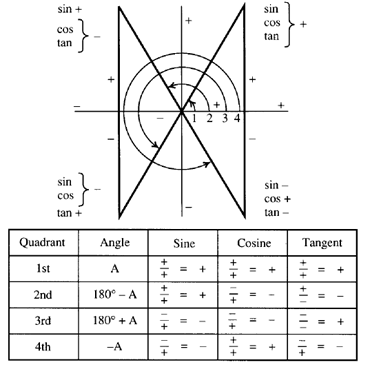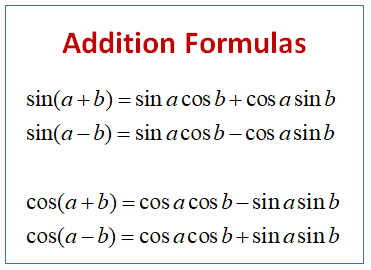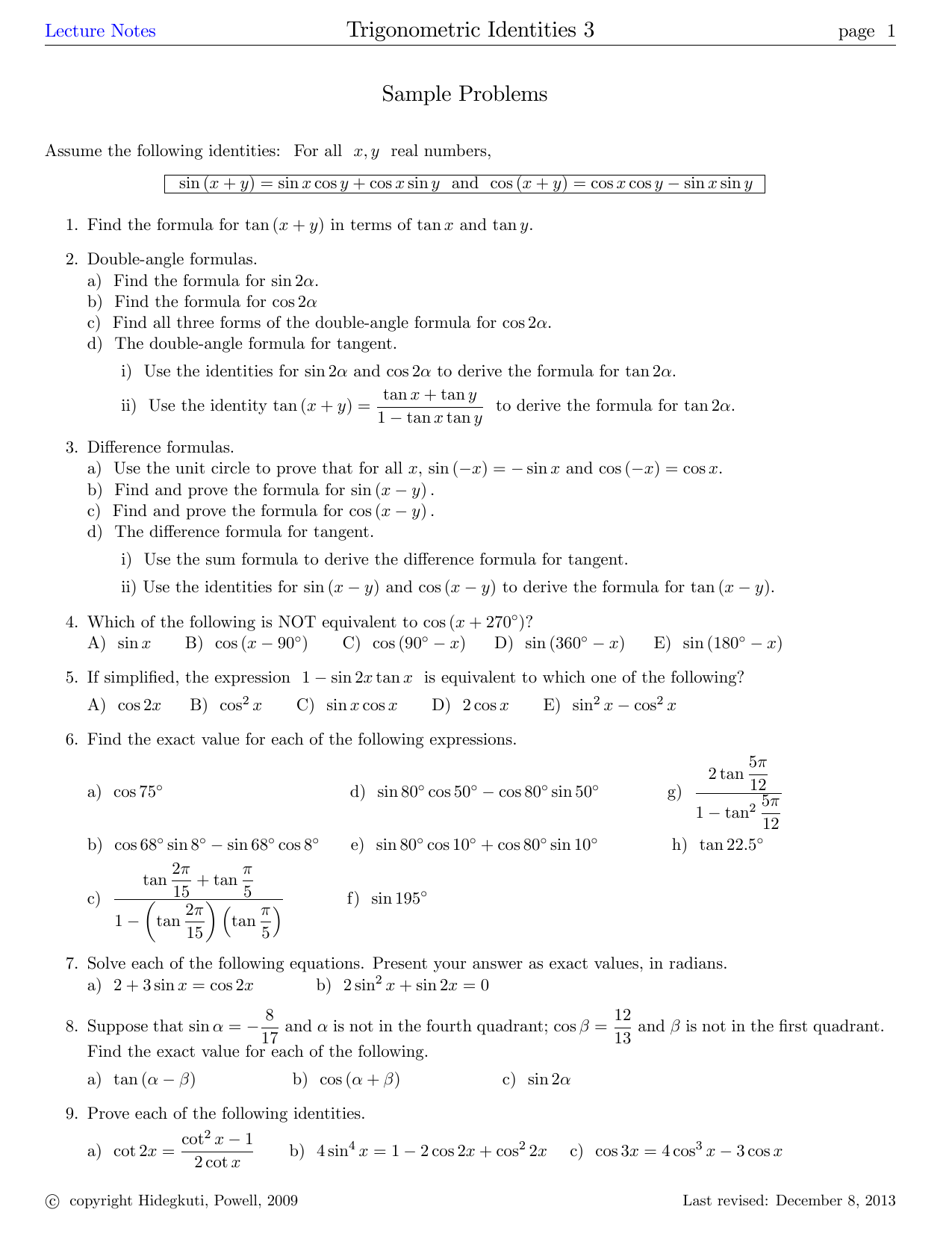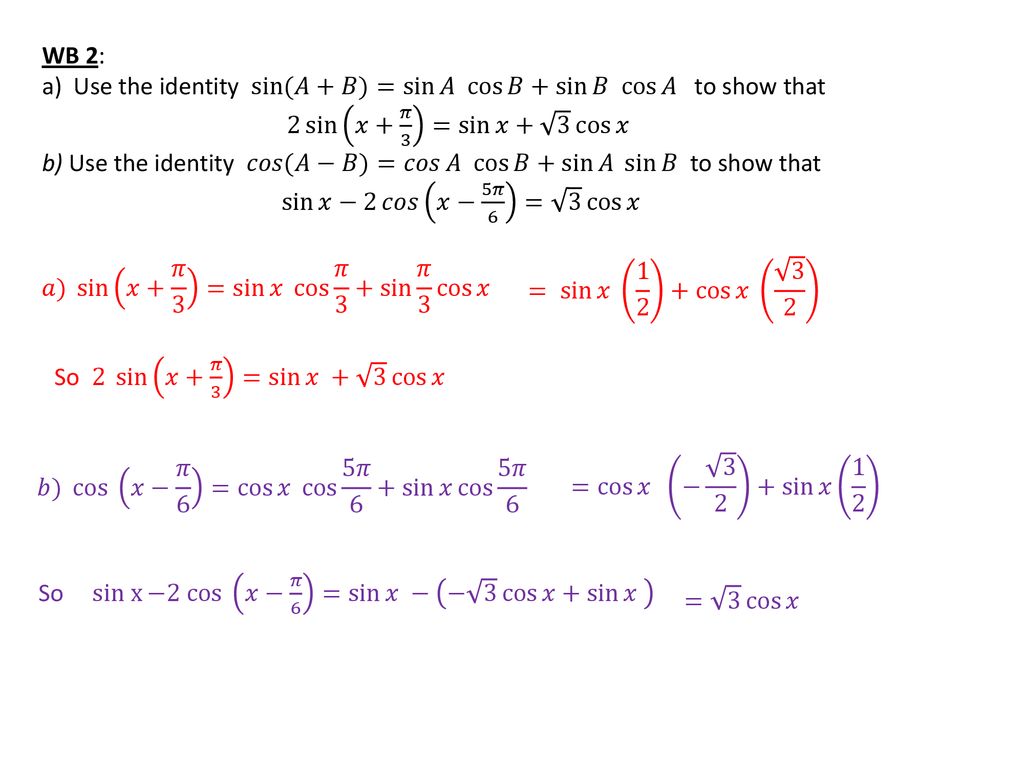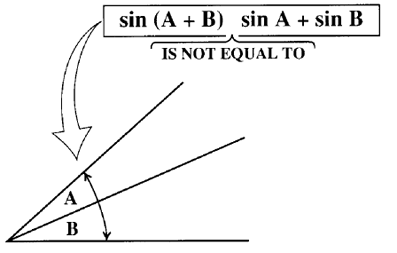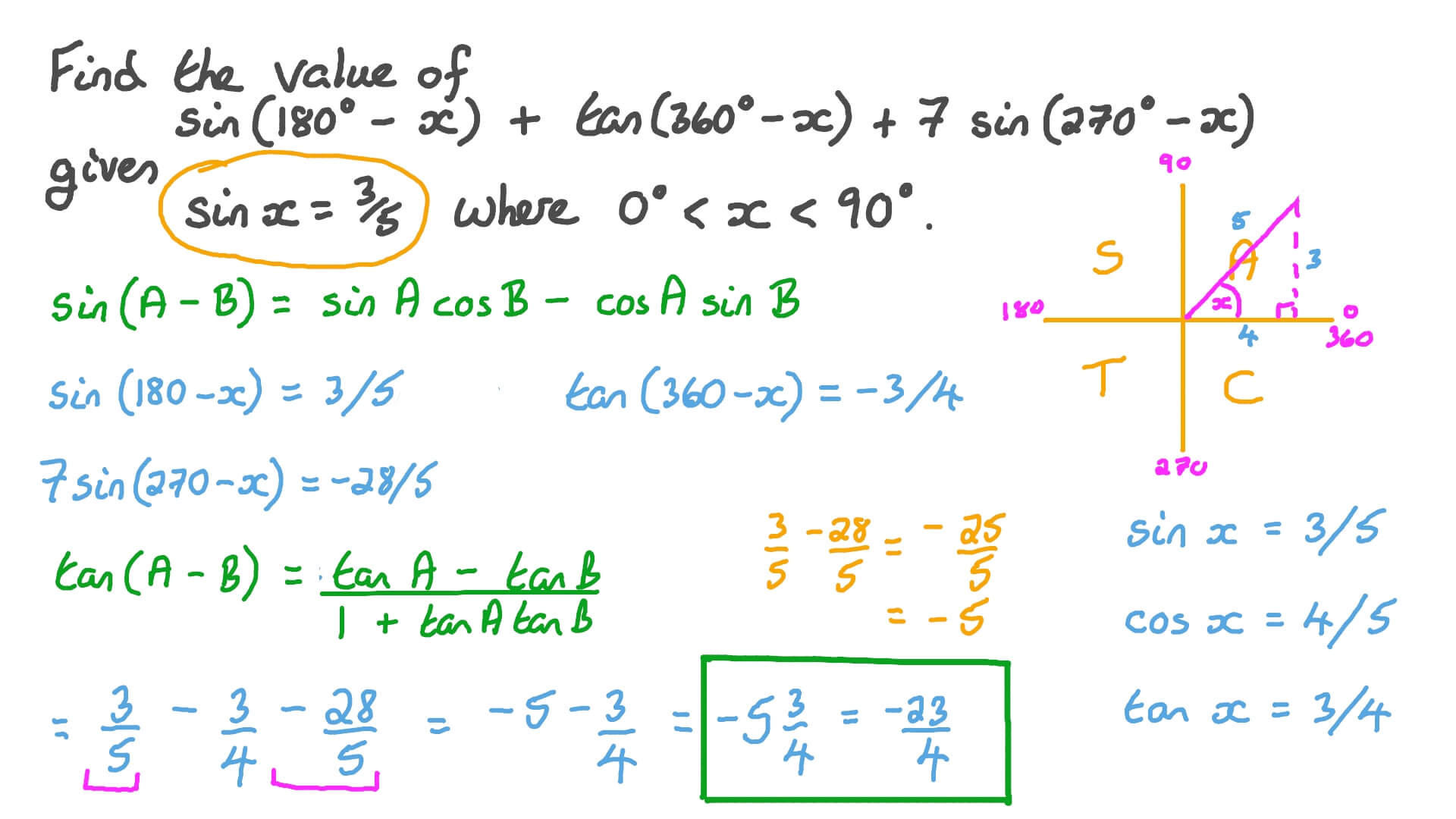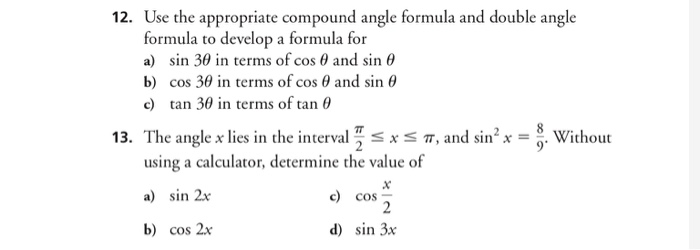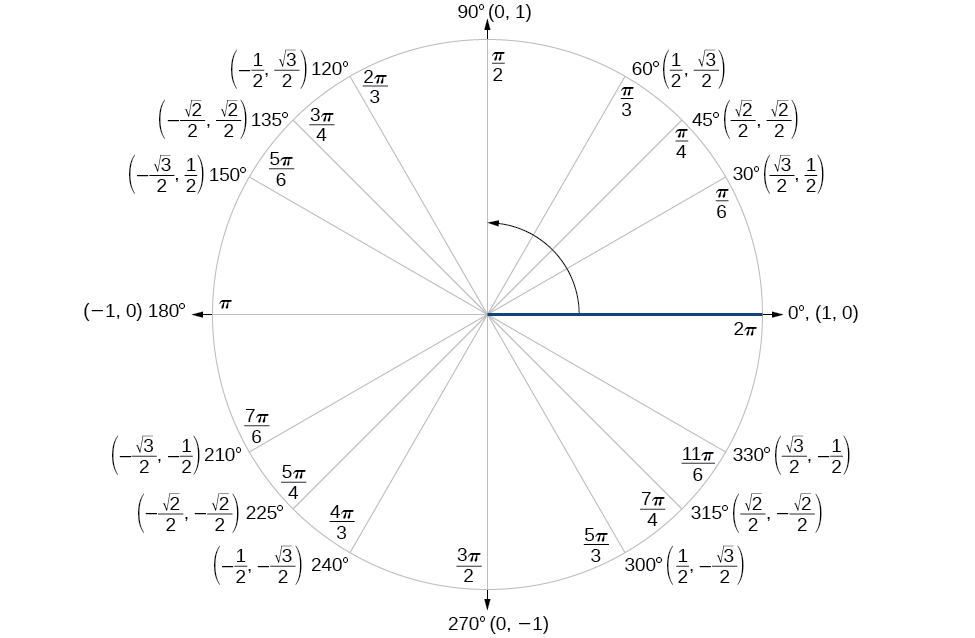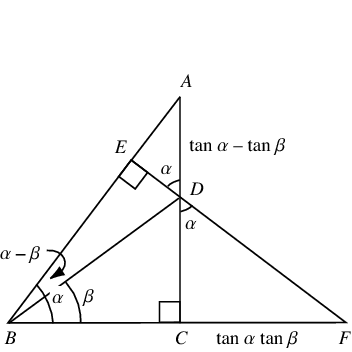Cosab Formula In Terms Of Tan
Using that fact tan a b sin a bcos a b.

Cosab formula in terms of tan. We know if a is a number or angle then we have cos 2a cos2 a sin2 a. An easy way is to derive it from the two formulas that you have already done. Trigonometric function of cos 2a in terms of tan a is also known as one of the double angle formula.
The functions sine cosine and tangent of an angle are sometimes referred to as the primary or basic trigonometric functions. One can also produce them algebraically using eulers formula. Sina b sinacosb cosasinb sinab sinacosbcosasinb cosabcosacosb sinasinb cosa bcosacosbsinasinb.
That youd like to know tanab in terms of tan aand tan brather than all those sines and cosines. In various applications of trigonometry it is useful to rewrite the trigonometric functions such as sine and cosine in terms of rational functions of a new variable tthese identities are known collectively as the tangent half angle formulae because of the definition of tthese identities can be useful in calculus for converting rational functions in sine and cosine to functions of t in. In mathematics the inverse trigonometric functions occasionally also called arcus functions antitrigonometric functions or cyclometric functions are the inverse functions of the trigonometric functions with suitably restricted domainsspecifically they are the inverses of the sine cosine tangent cotangent secant and cosecant functions and are used to obtain an angle from any of.
The parentheses around the argument of the functions are often omitted eg sin o and cos o if an interpretation is unambiguously possible. Sum and difference formula sina b sin acosbcos asinbsina b sin acosb cos asinbcosa b cos acosb sin asinbcosa b cos acosbsin asinbtana b tan atanb 1 tan atanb tana b tan a tanb 1tan atanb double angle formula. The sum and difference formulas allow expanding the sine the cosine and the tangent of a sum or a difference of two angles in terms of sines and cosines and tangents of the angles themselves.
A complete geometric derivation of the formula for tan a b is complicated. The numerator and denominator contain sines and cosines so if you divide by cosines youd expect to end up with sines or perhaps sines over cosines. In any angle the tangent is equal to the sine divided by the cosine.
Their usual abbreviations are sino coso and tano respectively where o denotes the angle.
